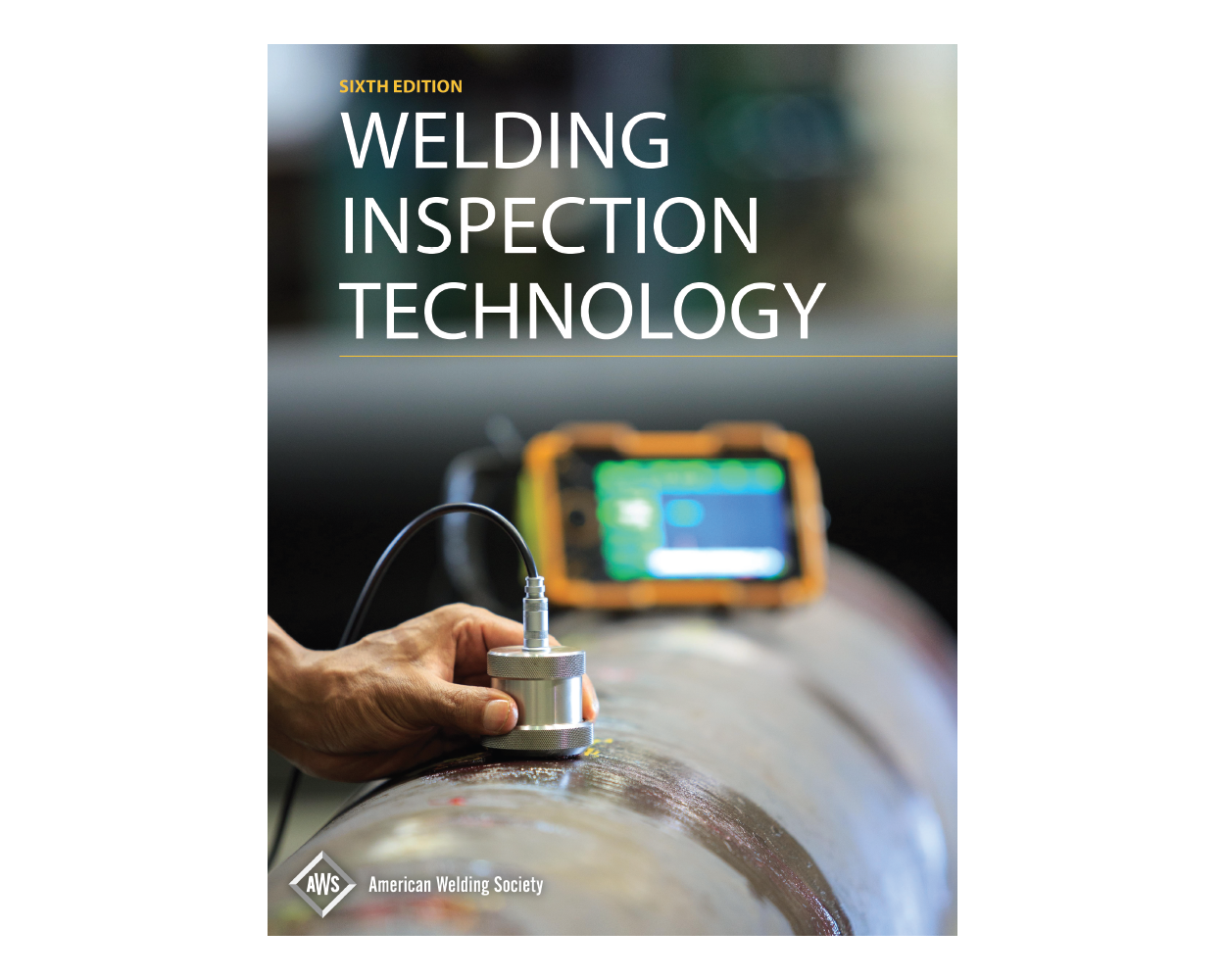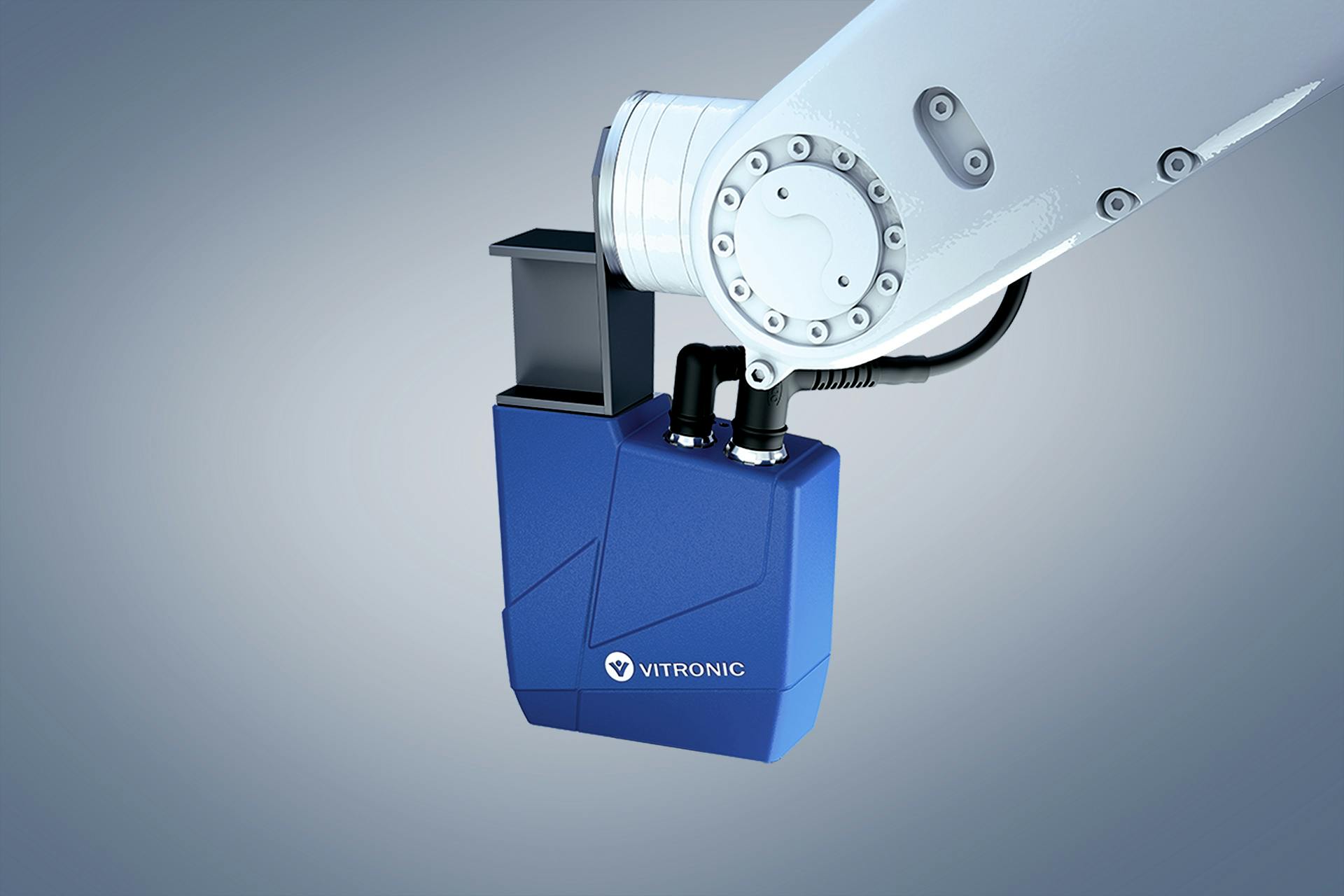Ensuring Safety with Trusted Welding Inspection Milwaukee Techniques
Ensuring Safety with Trusted Welding Inspection Milwaukee Techniques
Blog Article
An Extensive Checklist for Effective Welding Inspection Practices
In the world of welding, the stability of structures is critical, necessitating a strenuous strategy to examination practices. An extensive checklist acts as a vital device in making certain adherence to sector criteria, incorporating crucial pre-welding, in-process, and post-welding analyses. By systematically attending to product confirmation, weld high quality, and complete paperwork, organizations can dramatically enhance safety and efficiency. What specific components should be prioritized in each phase to attain optimum results? Exploring these critical parts can produce insights that profoundly effect welding operations.
Comprehending Welding Requirements
Welding criteria play a critical function in making certain the high quality and safety and security of welded structures and elements. These requirements establish the requirements for products, procedures, screening, and inspection, consequently offering a structure for consistent high quality guarantee in welding processes. Numerous organizations, including the American Welding Culture (AWS), the International Company for Standardization (ISO), and the American Society of Mechanical Engineers (ASME), have actually created extensive requirements that control various aspects of welding.
Comprehending welding requirements is essential for professionals in the field, as adherence to these standards decreases the risk of defects and failures in welded joints. These requirements cover details requirements for weld quality, including acceptable tolerances, the type of welding methods to be made use of, and the credentials required for inspectors and welders.

Pre-Welding Evaluation Actions
Before any kind of welding process starts, an extensive pre-welding inspection is vital to identify prospective issues that may endanger the quality of the weld. This first step works as a critical foundation for making certain compliance with suitable welding codes and criteria.
The very first step in the pre-welding assessment is to validate the products being made use of. Next off, it is crucial to examine the fit-up of the elements to guarantee appropriate positioning and joint arrangement.
In addition, reviewing the sanitation of the surface areas is essential; contaminants such as oil, paint, or corrosion can negatively impact the high quality of the weld. Following this, a complete analysis of the welding devices must be carried out, guaranteeing that it is calibrated and in good working problem.
Last but not least, assessing the credentials of the welding employees is critical. Welders have to have the needed accreditations and experience to carry out the specific welds required for the project. By sticking to these pre-welding examination actions, the probability of problems and failures in the last weld can be substantially decreased.

In-Process Inspection Methods
In-process inspection methods play an essential role in guaranteeing the honesty and top quality of welds as they More Bonuses are being implemented. These methods allow inspectors to identify issues or discrepancies from requirements in real time, consequently protecting against expensive repair services and ensuring helpful resources adherence to design demands.
One secret strategy entails visual evaluation, where examiners examine the weld grain for harmony, infiltration, and proper profile. This can be complemented by the use of evaluates to determine weld measurements, making sure conformity with fixed resistances. In addition, the execution of non-destructive screening (NDT) approaches, such as ultrasonic screening or magnetic fragment screening, throughout the welding procedure can disclose subsurface problems that might not be noticeable on the surface.
One more crucial element is keeping an eye on welding criteria, consisting of voltage, amperage, and travel speed. Consistency in these parameters is critical for achieving optimum weld top quality. Recording these specifications during the welding operation provides a deducible document for future recommendation.
Training personnel in correct examination methods and making use of suitable tools boosts the efficiency of in-process evaluations. By integrating these practices, companies can accomplish better welds, lower rework, and eventually guarantee the safety and integrity of welded frameworks.
Post-Welding Top Quality Checks
Following the conclusion of welding operations, post-welding quality checks are essential to verify that the welds meet all defined requirements and requirements. These checks are essential for making sure the integrity and durability of the bonded joints. The inspection procedure generally starts with a visual evaluation, examining for surface flaws such as cracks, porosity, or insufficient fusion.
Consequently, non-destructive testing (NDT) techniques, such as ultrasonic screening, radiographic testing, get redirected here or magnetic fragment testing, may be utilized to find inner problems that are not visible to the nude eye. Each method has its special advantages and is chosen based upon the weld's location, material kind, and the nature of the application.
Additionally, confirming dimensional precision is an essential facet of post-welding quality checks. This includes gauging the weld's placement, size, and profile to ensure compliance with engineering specs. Ultimately, assessing the mechanical buildings of the weld, including tensile strength and ductility, can offer additional guarantee of efficiency under functional problems. Overall, comprehensive post-welding evaluations are crucial for preserving performance, adherence, and safety to governing and market requirements.
Documents and Reporting
How can efficient documentation and reporting boost the welding evaluation procedure? Precise documents and extensive coverage are important parts that guarantee the honesty and high quality of welding procedures. Welding Inspection Milwaukee. They offer as an official record of examination findings, assisting in accountability and traceability in compliance with sector standards
A well-structured coverage system enables examiners to plainly connect any disparities, locations, or non-conformances needing enhancement. This openness cultivates an environment of continuous improvement, as stakeholders can easily examine previous efficiency and apply rehabilitative activities.
Moreover, effective documentation includes comprehensive records such as welding procedure specifications (WPS), welder qualifications, and evaluation checklists. These elements offer a framework for assessing weld quality and adherence to established standards. In the event of disagreements or top quality concerns, detailed documents functions as a reliable referral, lowering obscurity and securing all celebrations involved.
Lastly, keeping arranged records assists in training and certifying employees, making sure that market best practices are promoted. Eventually, precise documentation and reporting not just improve the welding evaluation procedure yet likewise contribute to the total security and reliability of bonded structures.
Final Thought
In conclusion, a comprehensive checklist for effective welding inspection techniques is essential for making certain top quality and safety and security in bonded frameworks. Adherence to established welding standards, careful pre-welding assessments, extensive in-process assessments, and extensive post-welding high quality checks collectively add to the honesty of bonded joints.
Welding standards play an essential role in making certain the top quality and security of welded frameworks and elements. Numerous organizations, including the American Welding Culture (AWS), the International Company for Standardization (ISO), and the American Society of Mechanical Engineers (ASME), have actually established detailed standards that govern various elements of welding.
Complying with the completion of welding operations, post-welding high quality checks are critical to confirm that the welds fulfill all specified criteria and demands - Welding Inspection Milwaukee.In final thought, a comprehensive list for effective welding assessment practices is essential for making sure quality and security in welded structures. Adherence to developed welding requirements, thorough pre-welding evaluations, strenuous in-process assessments, and thorough post-welding top quality checks collectively add to the honesty of welded joints
Report this page